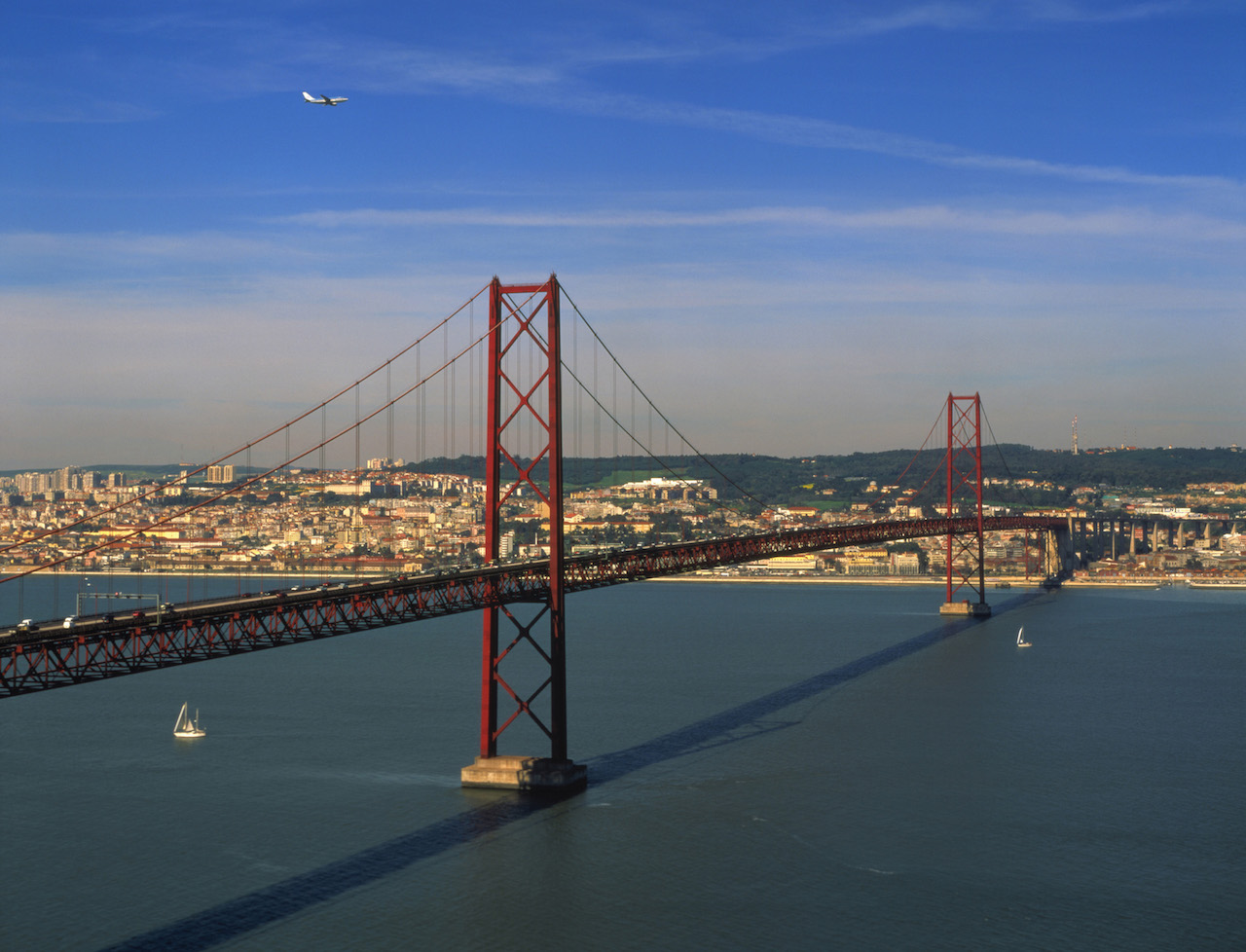
Lisbon (Lisboa) is a city of wonderful contrasts, as historical neighbourhoods merge harmoniously with the city’s modern Parque das Naçoes overlooking the River Tagus.
The city centre was a gateway to the world in the 15th century, and today its refurbished Terreiro do Paço square remains a focal point for major events, replete with café patios, and it is the ideal starting point to explore Lisbon. Following the river you come to Santos and its vibrant nightlife, and further ahead to Belém and Lisbon’s historical districts as they open out to the city’s newer metropolitan areas.
Another key quarter of the city, considered “the cradle of Lisbon’s soul”, is the iconic Baixa Chiado, home to traditional shops, urban art, shows, music and other entertainment… and highlighted by a magnetic young vibe. Here, the Baixa Pombalina downtown quarter was completely rebuilt after the 1755 earthquake, while the Rua Augusta Arch provides breathtaking view over Lisbon and the River Tagus.

Riverside Splendour
Following the riverside area, you reach St. George Castle, sitting atop one of the city’s famous seven hills. Also not be missed in this area, near Graça, are the National Pantheon and the Feira da Ladra (Flea Market), which is held on Tuesdays and Saturdays and sells antiques and vintage articles in a wonderfully cosmopolitan and cross-generational atmosphere. The Santos Populares (Popular Saints) festivities in June are a time for Lisbon locals and visitors alike to go out into the streets to dance, sing, eat grilled sardines and drink.
Twenty kilometres from the capital, the Cascais Line is where the river turns into the sea. At the mouth of the Tagus Estuary is Bugio Fort, guarding the harbour entrance, and further west is Carcavelos with its extensive beaches, ideal for water sports enthusiasts. Estoril also has magnificent beaches, and Cascais is the next town along the coast, a picturesque historical city extending to the Sintra-Cascais Nature Park that has its own marina and the Boca do Inferno (Hell’s Mouth) tourist attraction, a vast chasm on the seaside cliffs.
Portuguese Romanticism
A UNESCO World Heritage Site and 25 kilometres from the city, Sintra is a town that has inspired artists and writers from around the world and is popularly known as the “capital of romanticism”. On the Serra de Sintra mountaintop is the Pena Palace, the most complete example of Portuguese romanticism architecture.
As with other parts of Portugal, Lisbon’s gastronomy is based on the healthy “Mediterranean” diet (or, more geographically accurate, “Atlantic”), with the sea providing an abundance of fresh fish and shellfish including bacalhau (dried and salted cod). In autumn Lisbon’s streets are filled with the aroma of roasted chestnuts in smoke-filled ovens.
For more information about Lisbon, check out Visit Lisboa.
